Shipping to the Qatar
Shipping to the Qatar
Smooth, Cost-Effective, and Global Ocean Freight to/from the Qatar
At DFreight, we provide a wide range of business sea freight services for a variety of commodities, including foods, fruits, electronics, cosmetics, and furniture; offering transparent, effective, and reliable door-to-door cargo to Qatar from the UAE and vice versa. You can conduct business without being concerned about the challenges of shipping from the UAE to Qatar using our all-in-one digital freight solutions.
Our digital freight forwarding platform provides real-time monitoring of shipments, ensuring that you have complete visibility and control over your cargo. We offer end-to-end services tailored to your unique requirements, making shipping to and from Qatar a hassle-free experience. We help you ship business cargo to various cities in Qatar, including Doha, Dukhan, Al Wakrah, etc. in the easiest, fastest, and safest way possible.
You can rely on DFreight to assist you with all of your international cargo shipping to Qatar thanks to our FCL and LCL shipment ocean freight cargo services. With the help of our digital freight platform, you may submit your inquiry right away and receive the best competitive prices for shipping your cargo to Qatar.

Qatar Exports and
Imports
The top exports of Qatar are Petroleum Gas, Crude Petroleum, Refined Petroleum, Ethylene Polymers, and Nitrogenous Fertilizers, exporting mostly to China, Japan, India, South Korea, and Singapore.
The top imports of Qatar are Cars, Gas Turbines, Jewellery, Broadcasting Equipment, and Gold, importing mostly from China, United Arab Emirates, United States, United Kingdom, and India.
Market Update
According to OEC, in 2021, Qatar was the number 54 economy in the world in terms of GDP, the number 40 in total exports, the number 69 in total imports, the number 10 economy in terms of GDP per capita and the number 70 most complex economy according to the Economic Complexity Index.
Qatar exported US$1.29 Billion during 2021 to the United Arab Emirates and imported US$2.52 Billion during 2021 from the UAE, according to the Trading Economics database.
The freight market in Qatar and the UAE is expected to see an upsurge in growth by 2023. With increased infrastructure investment in both countries, their respective governments are aiming to increase their logistics capabilities. Qatar and the UAE are planning to invest in improving their existing ports and airports, as well as expanding their local transportation networks. Additionally, the two countries are working together to make the region a more attractive logistics hub in the Middle East.
Banned Products
Qatar has strict laws when it comes to importing products from other countries. Certain items are prohibited from being imported into Qatar, including counterfeit products, narcotic drugs, weapons and ammunition, alcohol, pork and pork products, and pornographic material. Additionally, any products that are deemed to be offensive to Islamic beliefs are also prohibited. Some products are subject to additional restrictions, and require special permission from the authorities before being imported into the country. It is important for individuals to check the regulations before importing any product into Qatar in order to ensure that they do not break any laws.
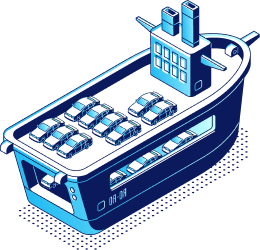
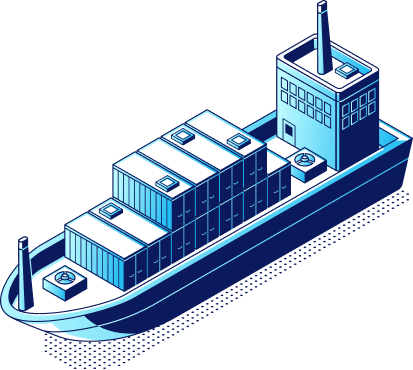
Documents & Customs Clearance
One thing to take into account when exporting cargo internationally is customs clearance. You must be aware of the customs clearance regulations of the destination countries when shipping cargo from Qatar.
The following documentation must be given to local customs for international shipments by the supplier, consignee, or intermediary:
– A commercial invoice
– A packing list
– A bill of lading
– A certificate of origin
Shipping Different Commodities from/to Netherland
Shipping Crude Oil and Natural Gas: A Comprehensive Overview
An Ultimate Guide to Shipping Metals and Minerals
Seafood Shipping to UAE
Major Sea Ports
This port, located on Qatar’s northeast coast, is the world’s largest LNG exporting facility, with the capacity to accommodate the world’s largest carrier ships. It is the world’s largest artificial port, and it is strategically placed on the international marine trade route between the Persian Gulf, the Far East, and Europe, allowing it to carry hydrocarbon commodities to practically every significant part of the globe.
The natural gas industries, which manufacture gas products and derivatives, were mainly shipped from the Ras Laffan port. The port, which spans 850 hectares is encircled by two breakwaters and two entrance channels.
There are multiple berths available for commercial and industrial usage at this port. The port has the most up-to-date equipment, including 150-ton cranes, a sulfur loader capable of handling 1,000 tons per hour, many forklifts, and trailers.
The Port of Al-Ruwais is Qatar’s second-largest commercial port. The port infrastructure, which is located on the northern end of the peninsula, is critical in boosting and diversifying regional cargo exports, as well as revitalizing the economy of northern Qatar by significantly enhancing and growing the amount of sea trade.
Apart from traditional cargoes, Al-Ruwais port also responds to the rising need for groceries, canned foods, meat, and other commodities by acting as an efficient and speedy sea gateway for the delivery of fresh and refrigerated food from neighboring countries. New facilities for handling reefer containers have been prepared for this purpose.
-
Italy
Germany
United Kingdom
Netherlands
France
Turkey
Spain
Denmark
Switzerland
Czech Republic
Hungary
Poland
Romania
Greece
Portugal
Slovakia
Sweden
Ireland
-
China
India
Taiwan
Hong Kong
Japan
Singapore
South Korea
Malaysia
Qatar
Indonesia
Saudi Arabia
Thailand
Bangladesh
Lebanon
Kuwait
-
Uganda
Congo
Egypt
Rwanda
Kenya
South Africa
Morocco
Algeria
-
-
-
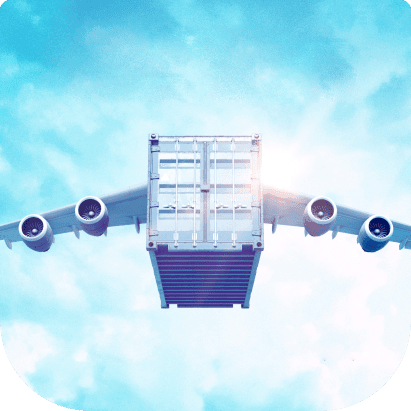

We consolidate cargo from Germany, Belgium, France, Luxembourg, and nearby cities to Amsterdam, then ship it directly to Dubai.
Certificates & Memberships
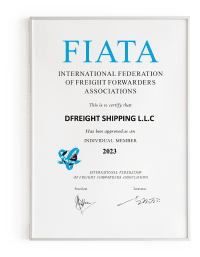
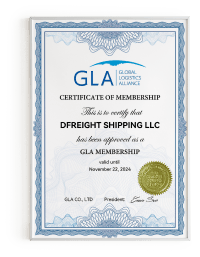
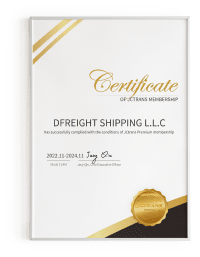
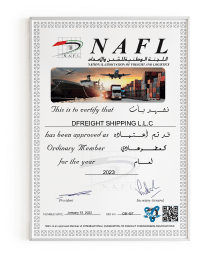
- Stress-Free Documentation We simplify the paperwork process, making it easy for you to focus on what matters most – your shipment.
- Clear Cost Breakdown Our pricing is straightforward, with a detailed breakdown so you can see exactly where your money goes.
- Dedicated Support We’re just a click away. Your dedicated support team is there to address any questions or concerns promptly.
- Live Shipment Tracking Easily follow your ocean and air freight shipments 24/7 with real-time tracking. No more unexpected delays.
Ship Your Cargo with Ease
Get Started Today!
Why Choose Consolidated Air Freight?
Guaranteed Space
Secure your cargo space without worries.
Reliable Scheduling
Count on our reliable predictive schedules
Nationwide Collections
We pick up your cargo throughout Benelux and Germany
Regional Trucking
Benefit from local trucking within Europe and GCC
Competitive Pricing
Enjoy market-competitive air freight rates
Fast Delivery
Rapid and secure shipping for time-sensitive items
Regional Trucking
Benefit from local trucking within Europe and GCC
Competitive Pricing
Enjoy market-competitive air freight rates
Fast Delivery
Rapid and secure shipping for time-sensitive items
Guaranteed Space
Secure your cargo space without worries.
Reliable Scheduling
Count on our reliable predictive schedules
Nationwide Collections
We pick up your cargo throughout Benelux and Germany
Any Questions?
Reach out to us, and our experts will work with you to discover the tailored solution you need.





 Germany
Germany Netherlands
Netherlands Luxemburg
Luxemburg Belgium
Belgium





